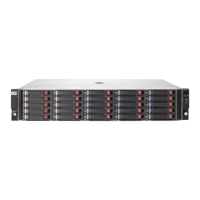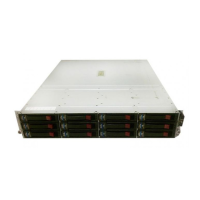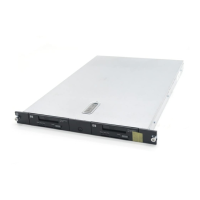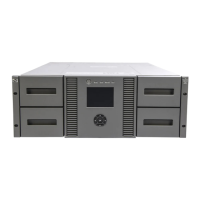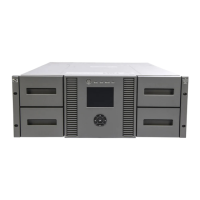Switch models
For a small, single-switch SAN fabric, use the SN6000 Fibre Channel Switch; the 8/20q Fibre Channel
Switch (or the HP Simple SAN Connectivity Kit); or an HP SAN, Fabric, or Edge switch (4, 8, 16, or
20 ports). For a larger single-switch SAN fabric, use a SAN, Fabric, or Edge switch (32 to 40 ports),
or a Core or Director switch (64 to 240 ports), which have higher port counts. For a high-availability
SAN, use two switches configured in a dual-fabric SAN.
Benefits
The benefits of a single-switch fabric include:
• Easy installation and configuration of servers and storage
• Maximum fabric performance because all communicating devices connect to the same switch
• Support for local, centralized, and distributed data access needs
Cascaded fabric
A cascaded fabric is a set of interconnected switches, arranged in a tree format, that have one or
more ISLs (Figure 2). You can connect one switch to one or more switches using a single ISL to each,
or connect a pair of ISLs between two switches. HP recommends that you have a minimum of two ISL
connections on each switch to provide fabric path redundancy. You should consider using a cascaded
fabric topology if you require multiple groups of devices with localized intraswitch access.
Cascading enables you to:
• Achieve optimum I/O activity by connecting servers and storage to the same switch in the cascaded
fabric
• Easily scale the fabric over time by adding cascaded switches
SAN Design Reference Guide 37

